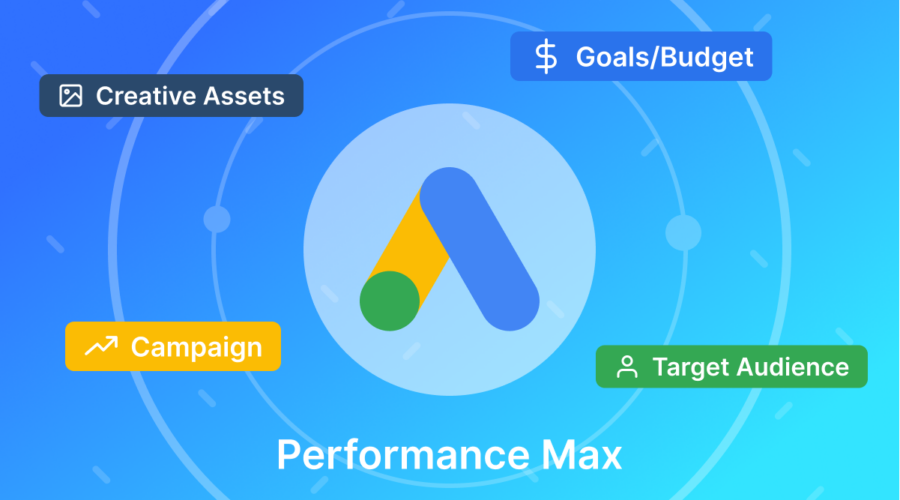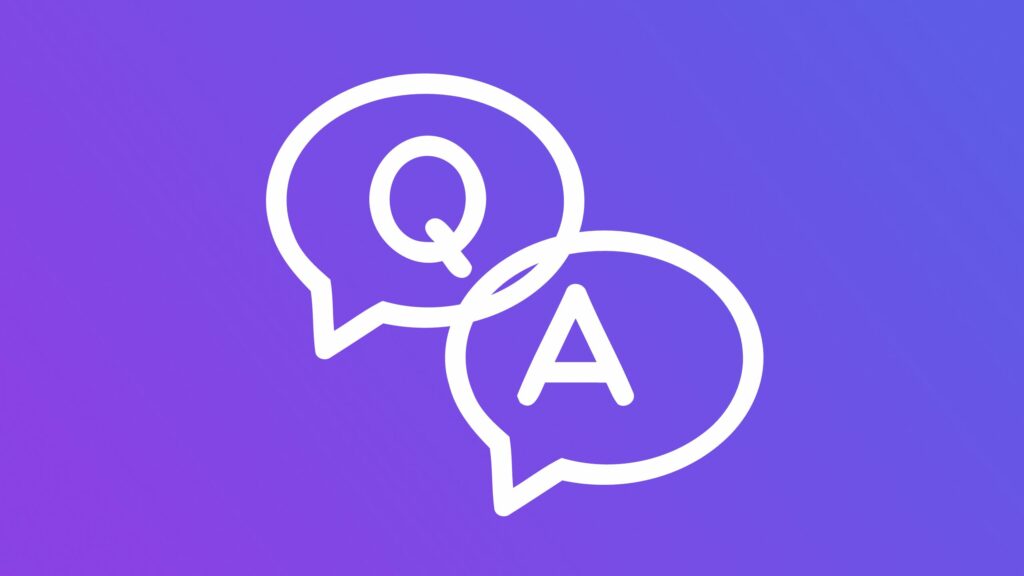A Performance Max Strategy to Drive 10x ROAS
Contributed by: Valentin Raspé, Founder and Head of Growth at Elevar Partner upcollective.de, a growth agency for fashion and lifestyle […]

Contributed by:
Valentin Raspé, Founder and Head of Growth at Elevar Partner upcollective.de, a growth agency for fashion and lifestyle e-commerce brands in the US, UK and Germany, helping them scale through ad design, media buying and CRO as a service.
Don’t like to read? Take a look at the video overview of Performance Max.
Introduction
Google’s Performance Max (Pmax) campaign type has received a lot of attention in the media buying space lately. Initially the reaction to it was muted as Google was taking more control away from advertisers over where the budget is spent. But, more and more media buyers are waking up to the fact that Pmax is a really powerful tool for driving improved performance on Google.
A quick word about how Performance Max works. It’s very comparable to Meta’s Advantage+ campaign type. Targeting is almost entirely automated and your ads will show across the entire Google ad ecosystem: Youtube, Search, Display, Shopping, Gmail. The bulk of the spend usually still goes to Google shopping and Search, however, it opens up inventory for Display and Youtube. This means Google has more data about user behavior, which helps it optimize spend across the entire Google ecosystem and thus improves overall performance.
Up Collective has been testing this for nearly a year now and are seeing great results across the board. It’s very rare that we see Performance Max not outperform more standard set-ups like Shopping or Search only. Providing strong assets, good targeting signals and the right goals is essential for the algorithm to have the right inputs to perform at its best. In this article we’ll walk through the exact steps you can take to generate up to 10x ROAS using Performance Max.
There are six factors you need to consider for Pmax to run optimally. Let’s dive into them one by one. As a bonus we’ll run through some commonly asked questions about Pmax at the end of the article.
Factor 1 – Goals, Optimisation & Budgets
The first and most important factor to define is your goal. As an e-comm business your main priority is to drive revenue or ROAS from your campaigns.
You want to optimize for Purchases. By default Google uses the “account goal setting” so make sure that the Google Ads Purchase conversion is your only Primary goal!

Example:
![]()
As you can see the Google conversion is recording a lot more Purchases than the GA4. So always use the Google Ads conversion. We track this through the Elevar data layer for Shopify to ensure that the maximum amount of signal for campaigns to optimize properly.
Elevar sends conversion data both from the browser as well as server-side (your site) back to Google. This means it can see conversions that Google Analytics can’t see. The effect is that the platform receives more data and can hone in on the targeting which leads to better performance.
To start, you can let Google decide how to bid, meaning choosing the maximize conversion value model. After 4-5 weeks you’ll have much better data on how to set your target ROAS.
The key with Pmax is to not touch it for a few weeks so it can learn. Every interference with the algorithm resets the learning. The best thing is to pick a budget and a goal you’re comfortable with for a month and let Google work its magic.
If you are concerned about spend levels then set a target ROAS that makes sense for your brand.

Factor 2 – Campaign Structure
Every brand has a range of products that show different performance. The key is to align your product categories according to performance.
Here is an example of a bedding retailer. The primary products are structured by Bed category 1 and Bed category 2. Ancillary products that fall outside of the primary product categories are grouped separately into a lower priority campaign.
 Bonus: If you have 2-3 products that are hero performers, put them into a “bestseller campaign.” You can bid more aggressively on these because they have historically had a better ROAS. Regardless of how you structure your campaigns it’s important that you control budgets at the right level so you can maximize good performance and minimize poor performing segments.
Bonus: If you have 2-3 products that are hero performers, put them into a “bestseller campaign.” You can bid more aggressively on these because they have historically had a better ROAS. Regardless of how you structure your campaigns it’s important that you control budgets at the right level so you can maximize good performance and minimize poor performing segments.
Factor 3 – Listing Groups & Asset Groups
Next, you will define your creative and messaging (Asset group). You’ll select the product IDs you want to define the messaging and assets for (Listing group).
If you have multiple product types or brands within your categories, you can subdivide these further. This makes sense if: there are separate brands, products/brands are visually different, have a different customer type or require different messaging.
Below is an example of a multi-brand eyewear retailer in the US. In this case we’ve separated them by brand so we can use different messaging per brand:

 Factor 4 – Choosing your creatives
Factor 4 – Choosing your creatives
For Pmax to work its magic you need to give Google the best possible selection of creatives to choose from.
This means choosing a variety of different image styles: Lifestyle, Product, and Lifestyle with copy overlays. It’s important to provide copy variations that speak to different customers such as features, benefits, pain points and so on.
Finally it’s good practice to have at least a few Youtube optimized videos in each asset group. If you don’t submit videos Google will create auto-generated videos based on your other assets. This is something to avoid as they usually don’t suit brand guidelines.
In an ideal scenario you’ll have the following videos: 1x Youtube non-skippable 10-15 seconds, 1x Youtube skippable 30 seconds. You also need to cover different aspect ratios such as 1:1, 16:9 and 1:1.91. It’s not always easy to get all of the right asset formats so as a first version you can kick off with one video. Then you can optimize from there.


Factor 5 – Targeting & Audience Signal
Think of this as a seed audience for Google to start finding the right prospects for your product.
You’ll want to give Google the highest quality signal possible to improve the chances of finding customers that suit your brand.
We recommend using a mixture of 3 signals:
1 Search intent: It’s important to pick the first option because this signals intent.
 2 Owned data: This is based on the data you have from Google Ads, GA or data uploads.
2 Owned data: This is based on the data you have from Google Ads, GA or data uploads.

The more granular you can go the better. For instance, if you have audiences for specific product viewers, specific customer types and so on, this is a good approach.
3 In-market data: This is using Google’s intent data to go after customers Google knows are in-market or have an affinity to certain products. In this case we’ve selected Affinity and In-market audiences that suit the brand.

Bonus: Exclusions
It’s currently not possible to directly exclude Keywords from the campaign as you would with a Shopping campaign. Many advertisers are concerned about bidding on their own brand terms, which dilutes performance and makes it look better than it is. You can create exclusion lists for your brand terms and send an email Google to exclude them from specific Pmax campaigns:

If you are just starting out and don’t have a lot of people Googling your brand terms, this is probably not necessary. However if you have a lot of existing customers then this is worth doing as it will otherwise skew your acquisition performance data.
Analyzing Performance
After a few weeks of running the campaign you’ll want to analyze your campaign performance. You can either do this at the campaign level or a level deeper. At the campaign level you mainly have two levers: Budget & Target ROAS. You can move these up or down depending on whether you want to scale or keep pushing Google to become more efficient.
If you want to go a level deeper you can implement a script that will tell you which channels Google is spending on along with the asset groups. This can help you decide whether to restructure or tweak your set-up. See examples below:
Spend by Placement

Spend by Asset Group

Credit: Mike Rhodes 2023
Closing thoughts
Used in the right way Pmax can be Google Ads on steroids. The most important thing is giving Google the right inputs (product structure, assets, ad copy, targeting and goals). If you give great inputs, the output (ROAS) will be great.
If you take the right actions at the start and plan it carefully, it’s not a lot of work after initial setup. Remember to leave it alone once it launches. It can take up to 4-6 weeks for performance to pick up. If it bombs for a few weeks, hold your nerve. As the algorithm learns it will get better.
For more on setting up Performance Max take a look at this video.
Frequently asked questions about Performance Max
Could the campaign go off the rails with spend?
If you give Google a budget it will normally spend that budget spread over a 30 day timeframe. This means some days might be higher and others lower but on average it should only spend the budget you give it. If you have concerns then one thing to do at the start is to provide a Target ROAS that is quite stringent. This will help set guardrails for the campaign so that Google doesn’t do anything unexpected.
Is Performance Max something for bigger brands?
Performance Max can work very well if you are a small brand or a big brand. If you can make Google Shopping work as a campaign type, it is very likely Performance Max will work for your brand. We see that Pmax usually outperforms standard Shopping campaigns.
I don’t trust Google to spend the budget where I want. Is there a way to see where it spends the budget?
Yes there is, you can implement a script either yourself or with the help of your agency that will show you the breakdown between Shopping, Search, Display and Video inventory.

Is there a way to force Google to spend on certain placements vs others?
Technically no but there are ways around this. You can for instance exclude all your Product Listings meaning you can exclude shopping and just run Search, Display and Video. It’s not the ideal set-up though and is something that should be done by an advanced media buyer. The best set-up is usually giving Google the maximum amount of assets (images, copy, videos, audiences) and letting it run the show.
Get Exclusive Elevar Insights directly to your inbox.
Get free analytics tips and resources delivered directly to your inbox.
Shopify Conversion Tracking
Elevar automates conversion tracking across all marketing channels via server-side tracking. 99%+ conversion capture rate guaranteed.
Learn More


Leave a Reply